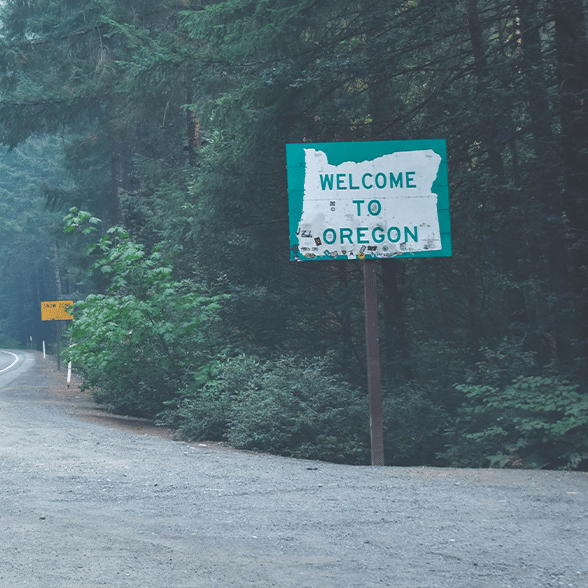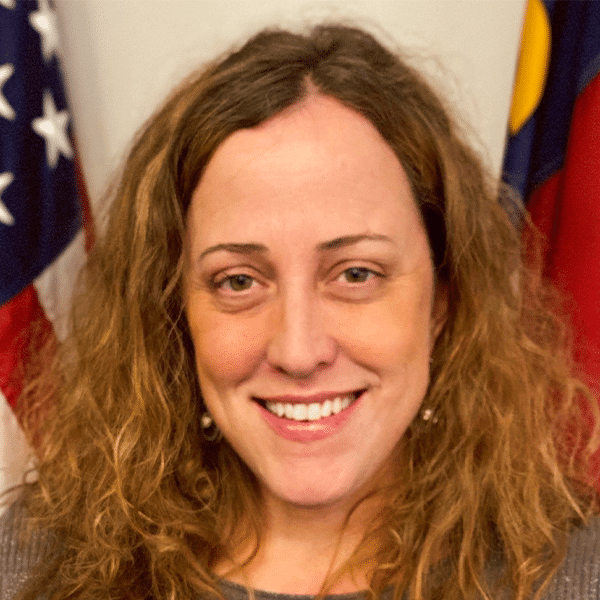Oregon faces a range of challenges on the route to making broadband available throughout the state, said Nick Batz, director of the Oregon Broadband Office, in an interview with Telecompetitor.
“Our biggest challenge is the size of the state,” he said. “We’re roughly the size of the United Kingdom but have six percent of their population. We have a number of mountain ranges and a number of rivers and valleys.”
He also noted that there are areas of the state that have large chunks of lava rock just under the surface, making it difficult to bury anything, including telecom cabling, in the ground.
While connectivity in population centers is “pretty good,” Batz said, it’s a different story in what he calls “frontier communities” – areas of the state where a person can drive long distances without seeing another car, but where the driver will pass isolated houses.
One of Batz’s biggest concerns is “What happens if we don’t get responses to RFPs for certain areas of the state?”
Batz and the other eight staffers in the Oregon Broadband Office (OBO) are determining how to address challenges such as these.
“What I’ve been telling internet service providers and communities is that you need to talk to each other,” said Batz. “The nine people in the broadband office aren’t going to solve this problem on their own.”
Regarding providers, Batz said, “Part of the discomfort for some ISPs is that we’re asking them to move beyond their existing business models. We have to ask the ISPs to move out of their comfort zone and do things they seemingly didn’t want to do.”
Batz has been pleasantly surprised that providers have been more open to this idea than he expected.
Oregon Broadband Challenges
Another broadband deployment challenge that Oregon faces is permitting, Batz said. Providers will need to get permits from the Bureau of Land Management, and that bureau did not receive any additional budget to handle the additional workload that government funding programs are expected to generate.
The OBO also identified the workforce as a major challenge to meeting deployment goals. To address that challenge, staffers have been exploring whether community colleges can provide appropriate training.
Broadband mapping also has been a challenge. The office is one of several that have told Telecompetitor that they weren’t able to file availability challenges to the FCC map.
“We didn’t have access to a data set that would have allowed us to file a bulk challenge,” Batz said.
As an alternative, the broadband office did a “big public relations outreach campaign,” he said.
That outreach included instructing people how to use the FCC map and how to file a challenge. Some staff members went so far as to encourage guests at holiday parties to pull out their cellphones and check the National Broadband Map for information about broadband service available at their home. If the information was inaccurate, party guests were encouraged to file a challenge.
The OBO is currently working with Oregon State University to create its own broadband map, which is expected to be available in the fall with updated data.
Awaiting Funding
Batz already addressed one challenge that many other states didn’t share.
When rules were established for the $10 billion federal Capital Projects Fund, unserved areas were defined as those lacking service at speeds of 25/3 Mbps, and underserved areas were defined as those lacking service at speeds of 100/20 Mbps. Those definitions conflicted with an Oregon statute that defined unserved and underserved areas to include those lacking service at speeds of 10/1 Mbps and 25/3 Mbps, respectively.
That conflict may be what has prevented the U.S. Treasury from releasing CPF money to Oregon, making it one of only four states that has not yet been approved to receive CPF dollars.
“I spent a good part of the last seven months working with the legislature to modify the statute,” Batz said.
Eventually Batz was successful, although not until about three weeks ago, and he is hopeful that Oregon’s CPF money will be released soon.
When Capital Projets funding and money from the larger Broadband Equity Access and Deployment (BEAD) program are combined, Oregon should receive about $830 million for broadband deployments, Batz noted.
The state’s ultimate challenge will be whether that amount is sufficient to achieve universal broadband goals. And that ability will depend, in large part, on where the state sets its high-cost threshold for the BEAD program.
BEAD rules call for providers to deploy fiber broadband except where they obtain a waiver or where deployment costs exceed the high-cost threshold, in which case providers will be able to use less costly but also less future-proof alternative technologies such as fixed wireless.
Perhaps recognizing the importance of that, Batz said, “We haven’t yet had a conversation on the extremely high-cost threshold. We want to have a robust conversation about that. We want to have a public, well-vetted conversation on that.”
Batz closed our interview with a note of caution about the BEAD program.
“This isn’t a block grant to the states; there are lots of markers we have to [hit],” he said. “This is a marathon, not a sprint. Patience is something I keep preaching to folks.”



